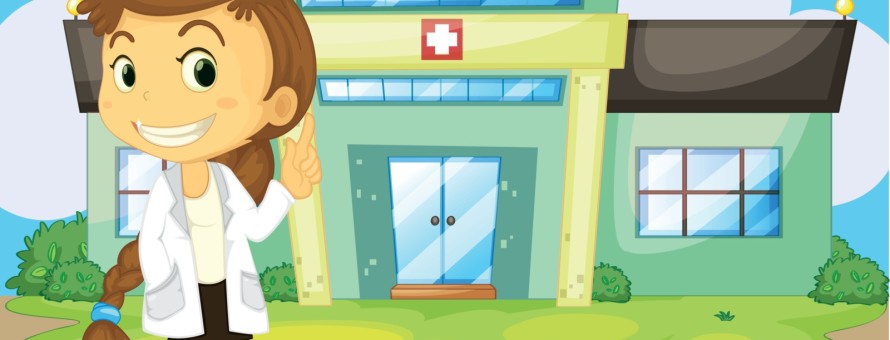
Do you know what to do if your baby stopped breathing?
It is important to follow the principles of survival and make mental notes as you go making sure you have completed every step as caregivers may panic and not know what to do. Some have commenced resuscitation and forgot to send for help. Every minute is a 10% loss in chances of survival.
The casualty depends on you the first aider at home for survival. Advanced care may take longer than expected and remember brain cells start to die in the first 3-4minutes of not breathing.
More often a child goes unconscious due to hypoxia and so it is important to administer breaths and make sure you have a seal when you get to the rescue breaths.
The key principles of survival are listed below.
D anger
R response
S send for help
A irway
B reathing
C irculation
D efibrillator
Danger
Check for danger to you and your child and if safe remove from danger. In some cases the danger may have caused the unconsciousness.
Response
Check for response: C an you hear me
O pen your eyes
What’s your name
S Squeeze my hands
*Do not shake your baby frantically; infants have large heads and a small brain and you could cause brain damage.
If the child’s airway is blocked they cannot breath and if they cannot get oxygen to their vital organs especially the brain it can cause permanent brain death.
Airways
*In the case of children; checking airways may be the reason they are unconsciousness so it is important not to miss this step. You may proceed to sweep the mouth with your fingers going sideways and not pushing it back in the throat.
INFANT: No need to tilt head; keep head in neutral position when checking airways and giving breaths.
Child : Slight head tilt; sniffing position when checking airways and giving breaths.
Adult : Full head tilt when checking airways and giving breaths.
Compressions
Commence high quality compressions immediately. 30 compressions to 2 breaths and a 1/3 of the chest depth for every human being. It does not matter whether it is a child or an adult.
Defibrillator
If available use after about 5 cycles of compressions and ventilations at a ratio of 30:2
Remove diaper for babies before you use the defibrillator.
Child Pads can be placed mid chest and one in the back in between scapula.
Follow instructions; the defibrillator talks to you.
Performing CPR can be very traumatic especially if you are not able to save your loved one. Please seek professional counselling like LIFELINE for support.
In the mean time, in between times folks; take good care of yourself and your beautiful children.

